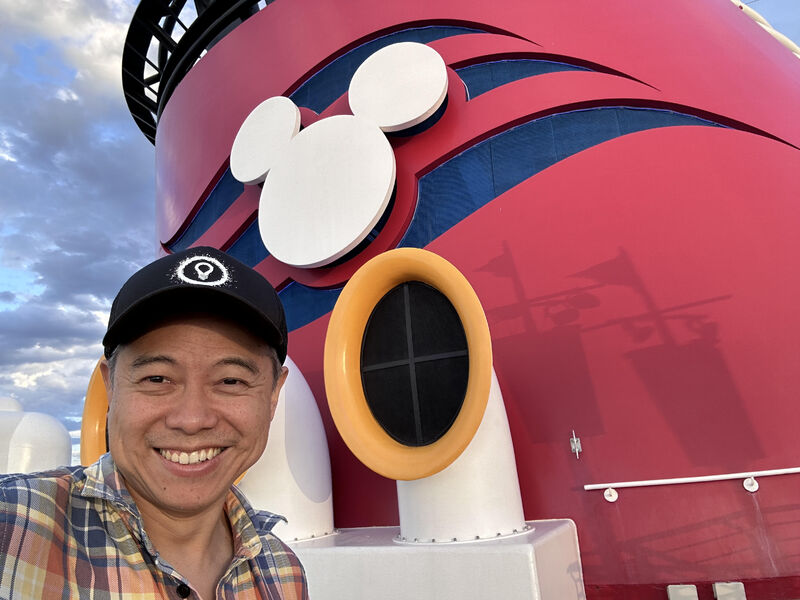Sailing into Profits: Insider Look at Disney’s Business Strategy on Cruises
by
Jeremy Tang - Updated
08-May-2024

The Mouse is onto something.
I recently had the chance to experience a Disney cruise with my family, and it was an eye-opening look into the business behind the magic. As someone who has worked with clients in the cruise industry, I enjoyed the opportunity to witness first hand the operations behind the scenes.
What struck me most was the sheer scale of it all – 945 crew members catering to up to 2,400 passengers! It’s an impressive logistical feat. But the real kicker? Disney, like most cruise operators make little to no profit on those ticket sales.
So why would they invest so heavily into selling tickets they make no money on? The answer lies in their mastery of maximizing customer lifetime value (LTV).
You see, while ticket sales make up the bulk of cruise revenue, the real money comes from those high-margin add-ons – the drinks, the spa treatments, the shore excursions. Disney knows that once they get passengers on board, they’ve created a captive market. And they leverage that to the hilt, earning an estimated 85% gross profit on those ancillary offerings.
It’s a strategy that extends far beyond the cruise industry. Many sophisticated e-commerce players we have worked with employ a similar playbook – they understand that the first sale is often just the beginning. By taking a holistic view of customer value, they can justify higher acquisition costs to reel in customers who will go on to become highly profitable over their lifetime. It’s highly profitable because those initial acquisition costs are no longer relevant or significantly reduced if you have a proper nurturing programme.
We did some LTV modeling for a national printing business. They had been treating each client as a one-off transaction worth a few hundred dollars. But when we dug into the data, we found their average B2B customer stuck around for 4.5 years and spent over $14K. Suddenly, their marketing approach shifted dramatically. We’ve done this countless times for clients in a diverse range of industries, uncovering similar insights.
Do you know what the true lifetime value of your customers is? And how much should you be willing to invest to bring them on board?
I’ve written a book about this topic of not just Lifetime Value but also Lifetime Potential. If you’re interested in a copy please DM me.